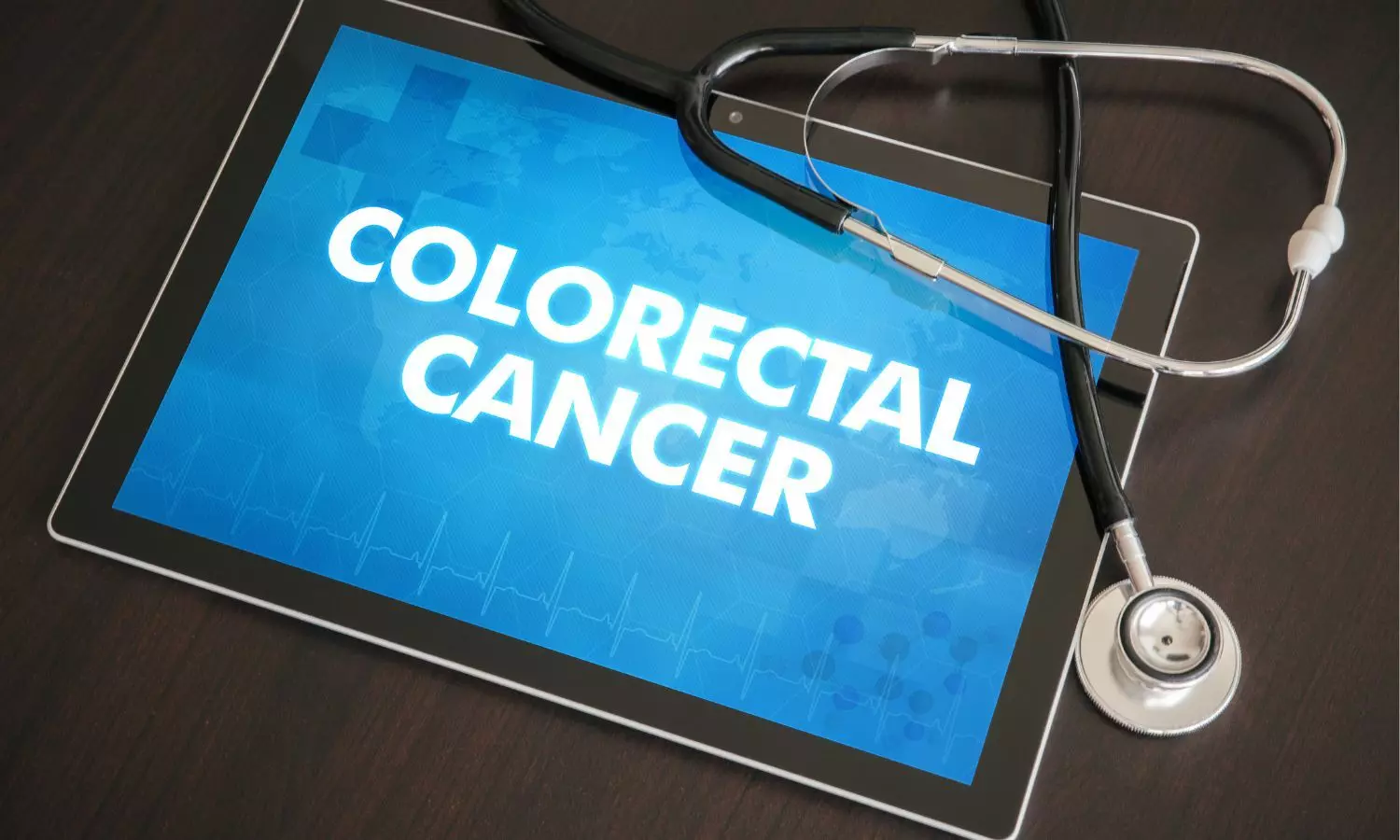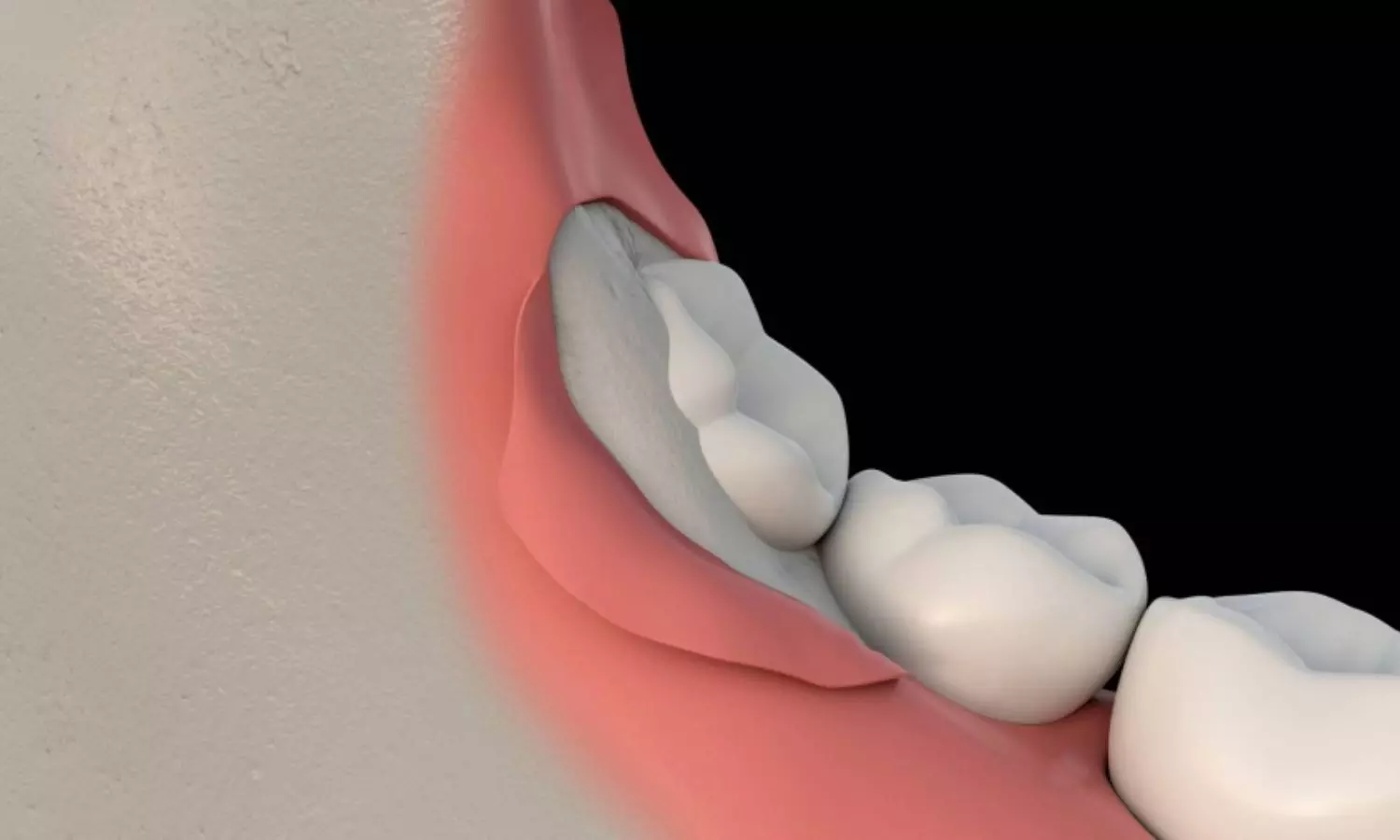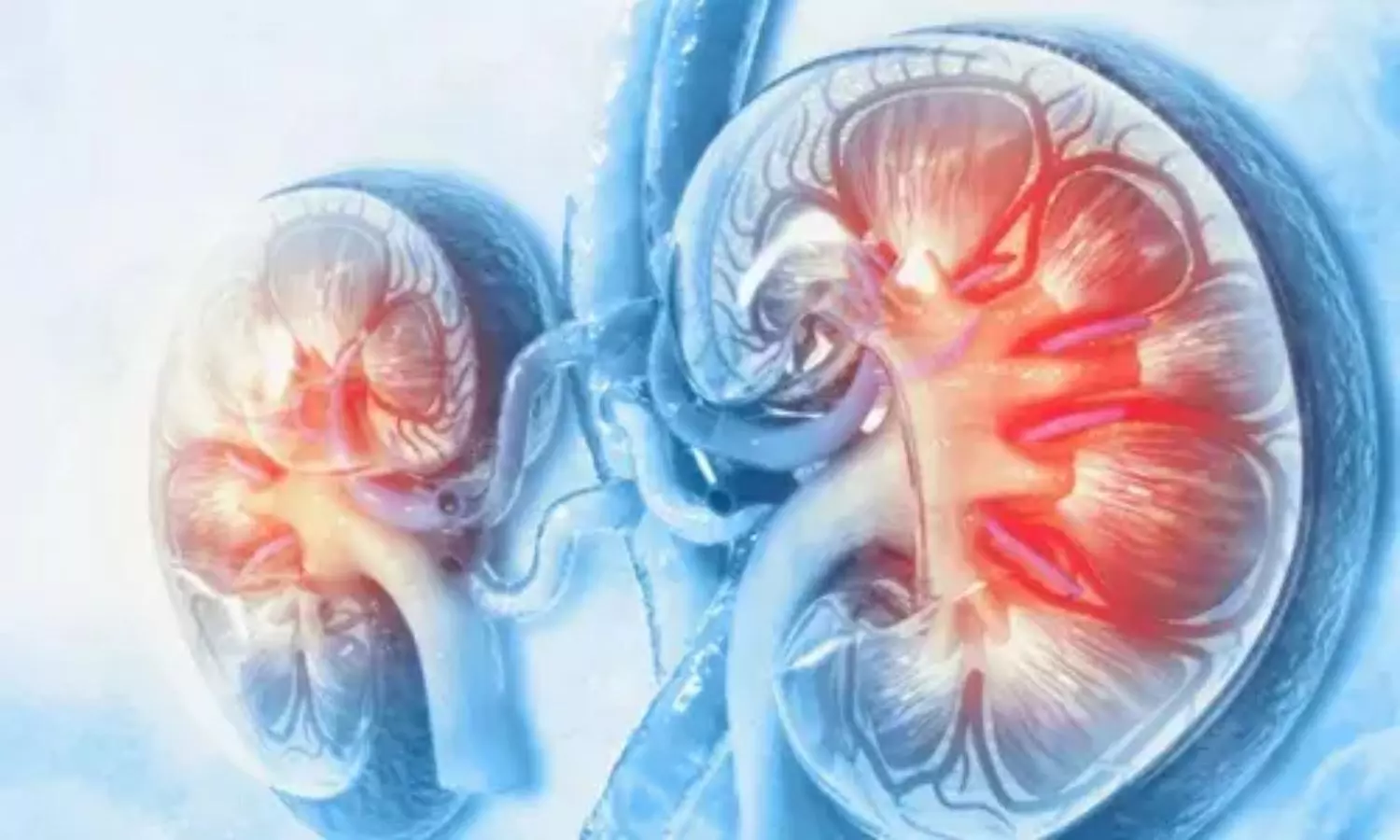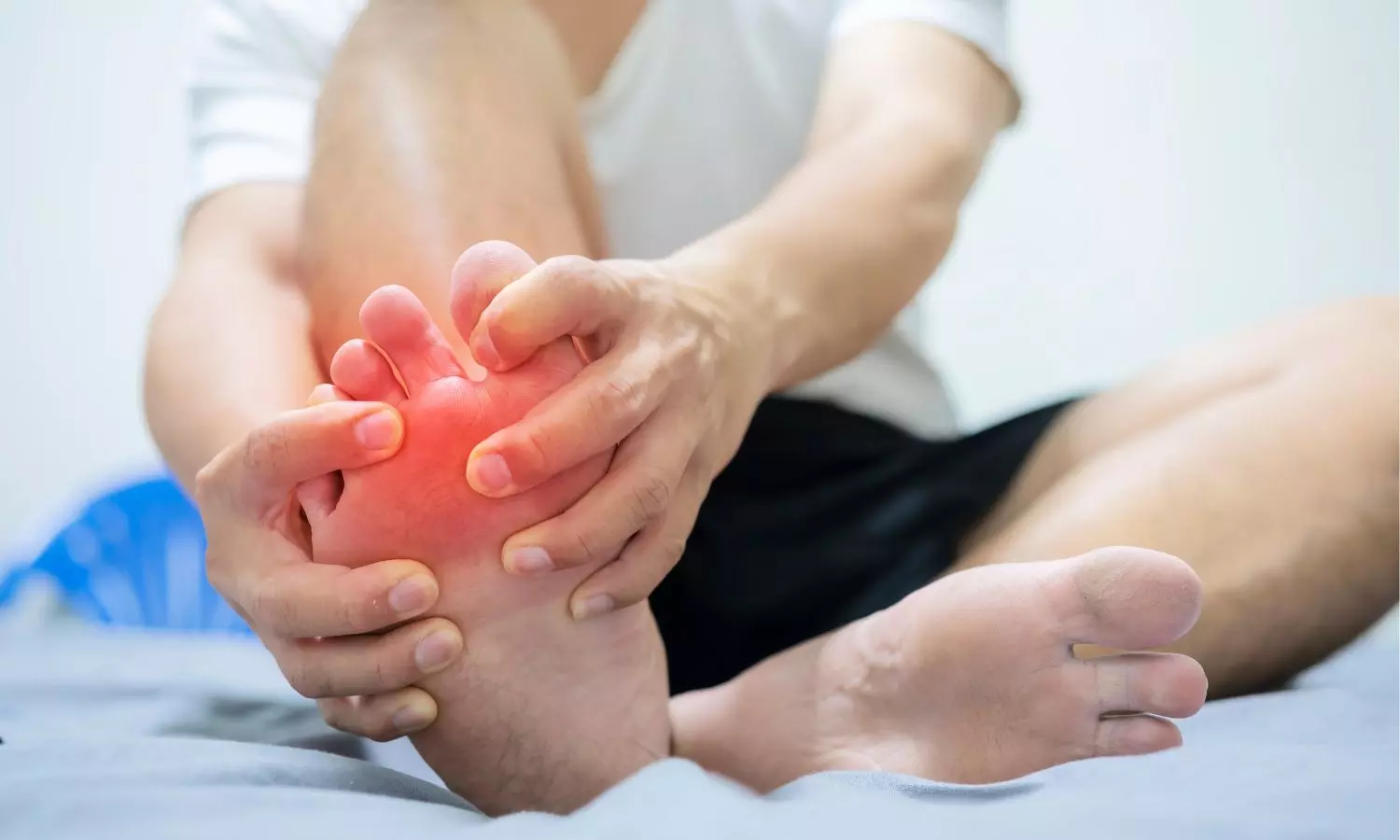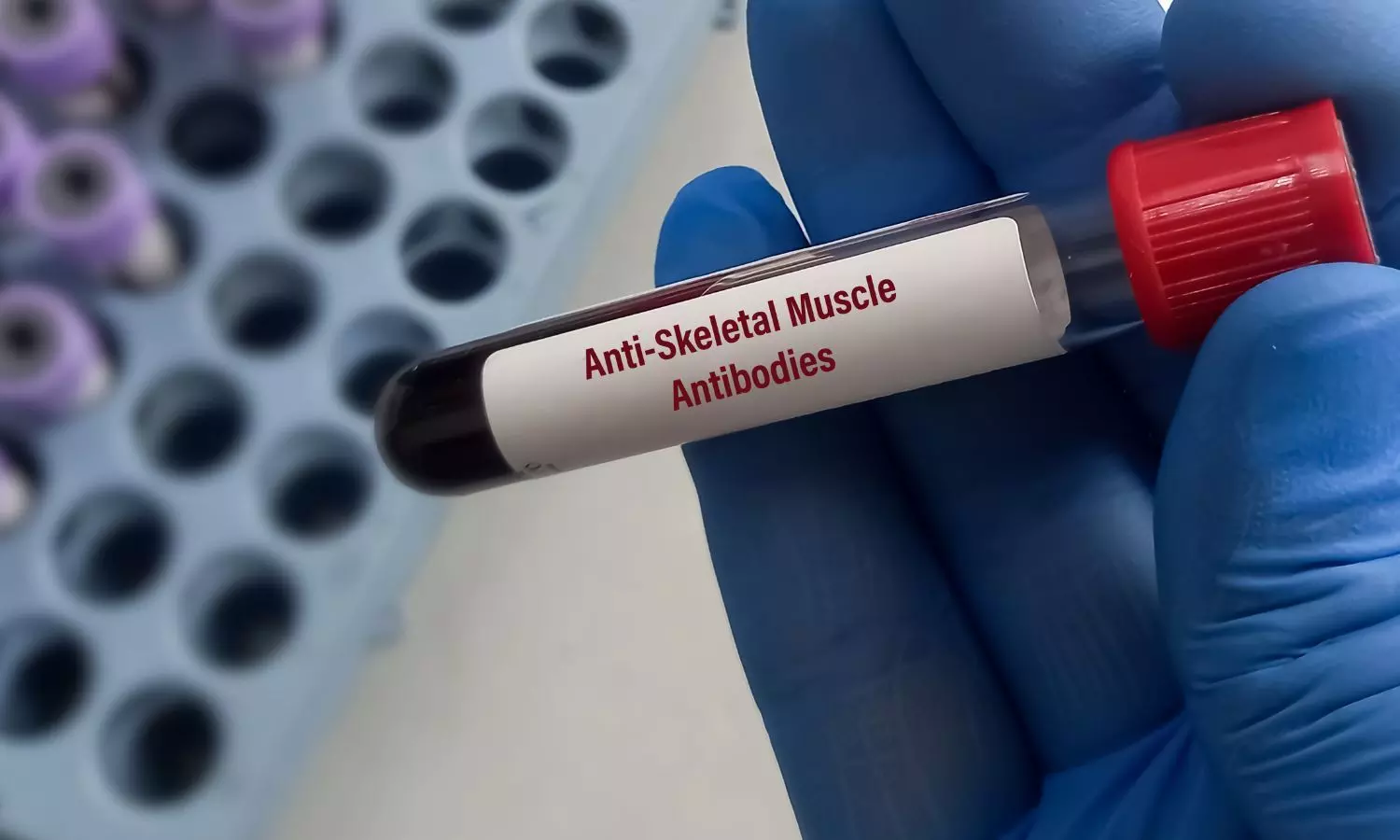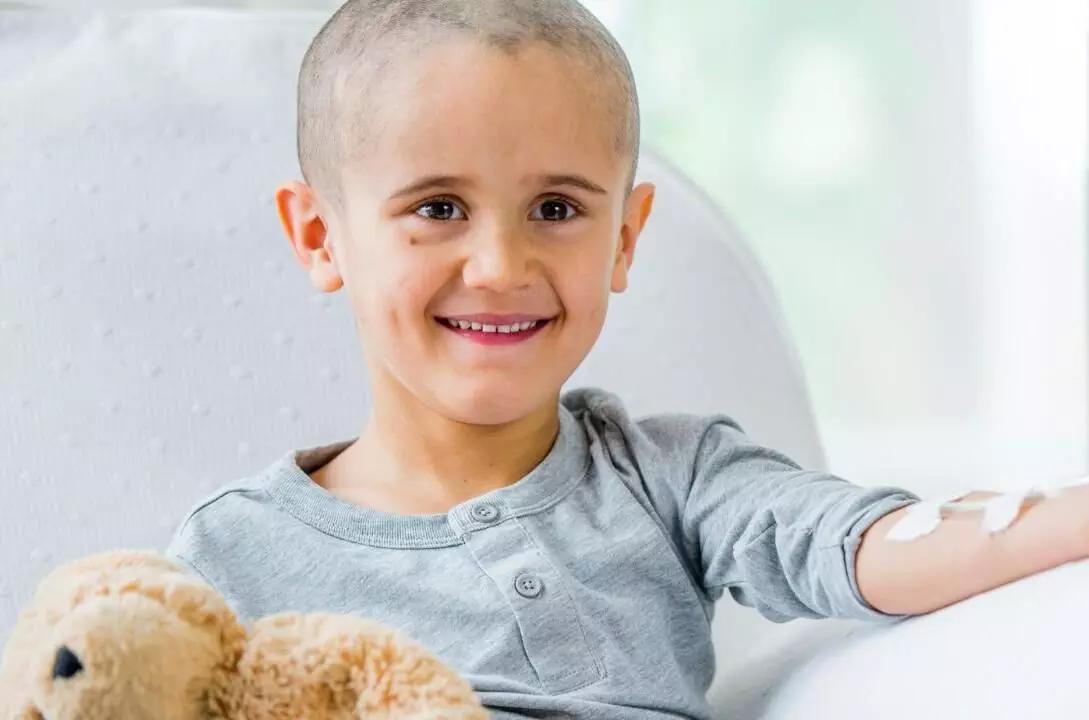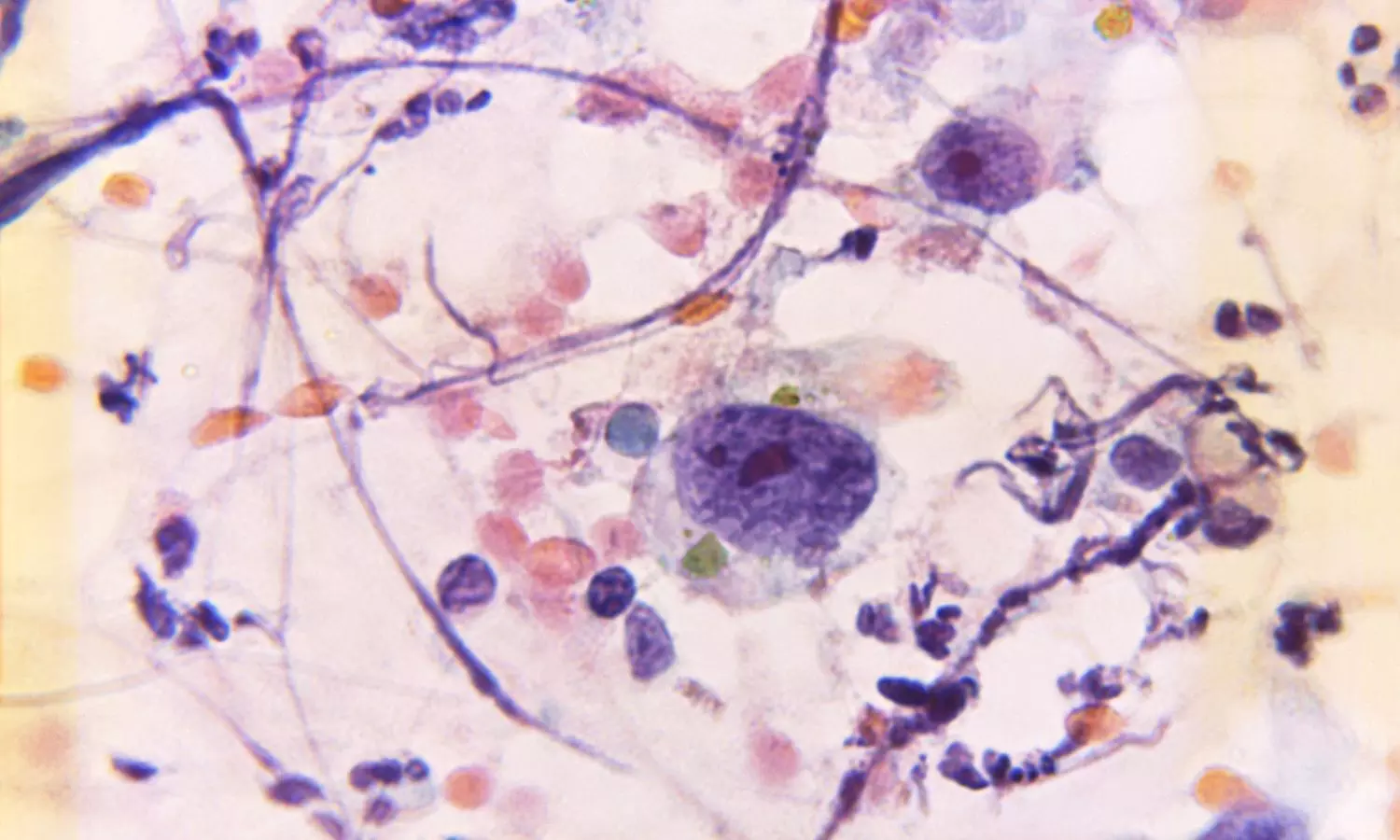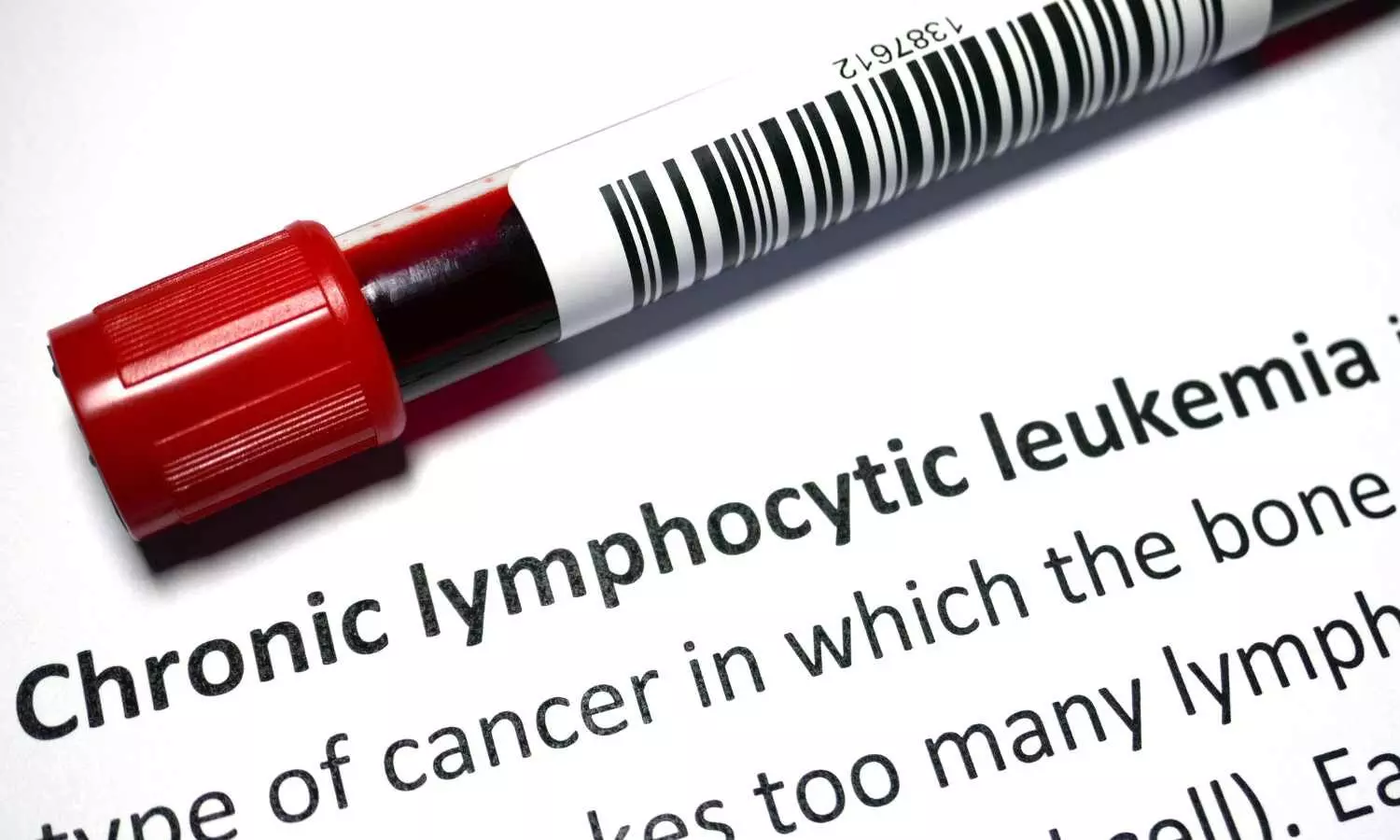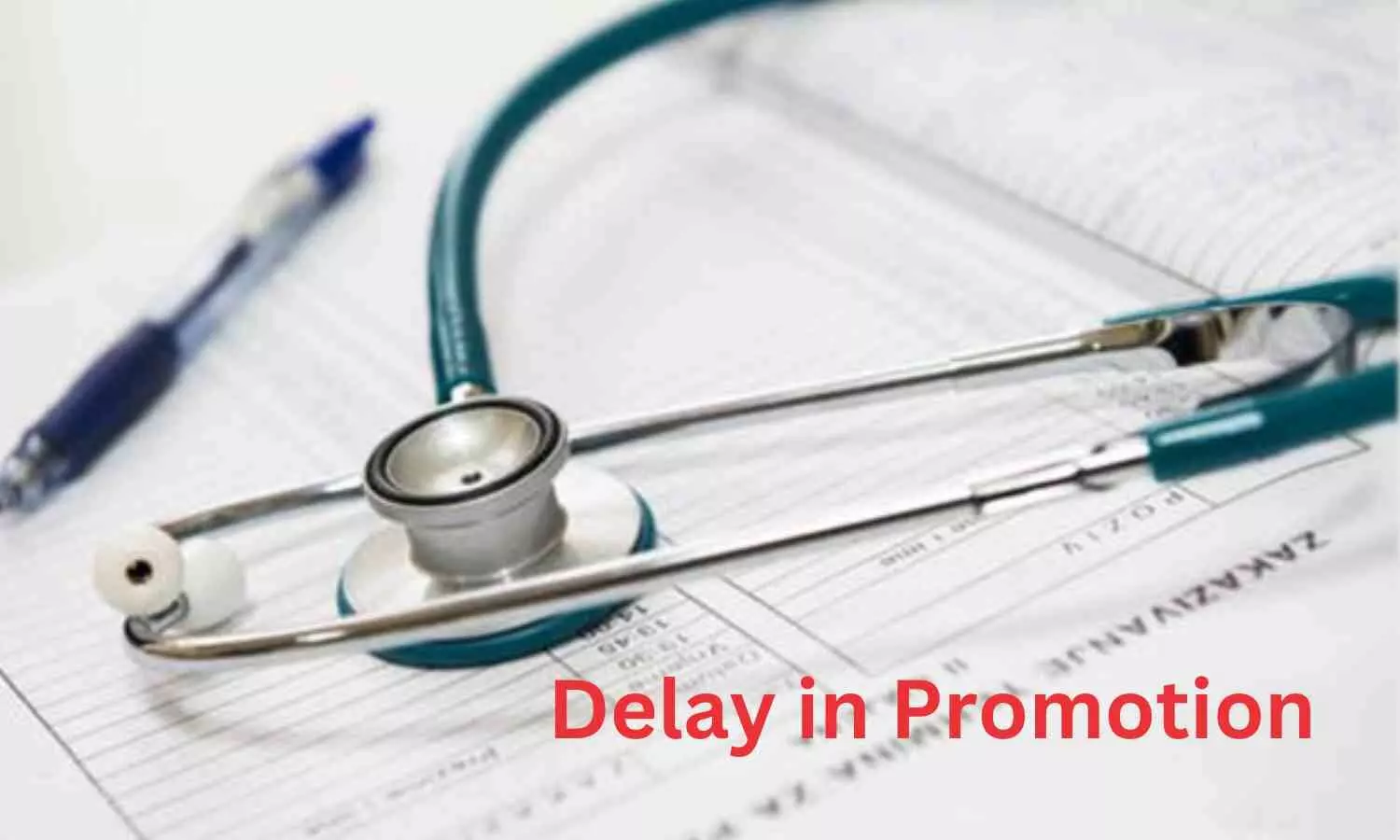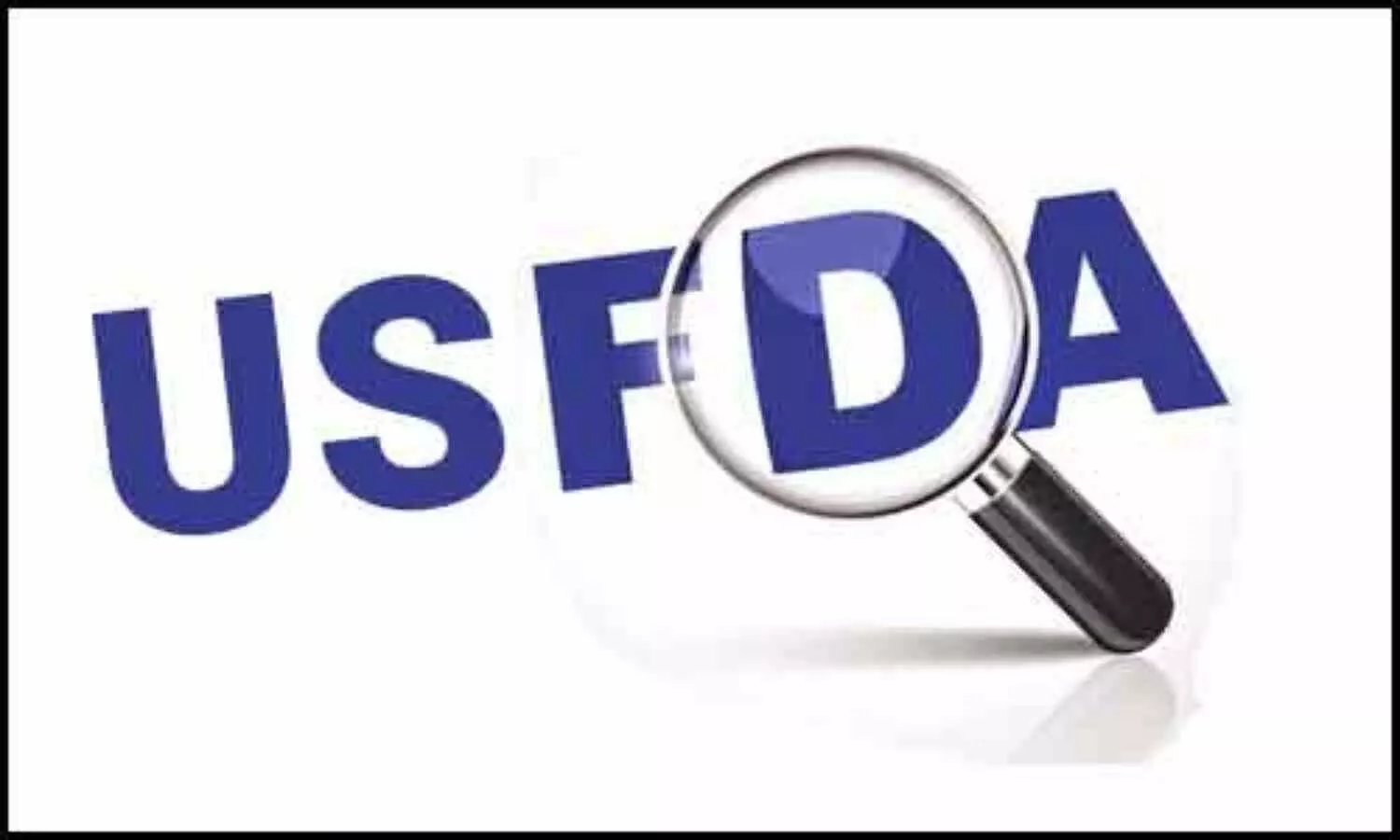
The US Food and Drug Administration (FDA) has approved hyaluronic acid dermal filler, Juvéderm Voluma XC for use in upper face for first time. The new dermal filler by Allergan Aesthetics’ shall help improve moderate to severe temple hollows in adult patients aged 21 years and older.
JUVÉDERM® VOLUMA® XC is the first and only hyaluronic acid (HA) dermal filler to receive U.S. FDA approval for the improvement of moderate to severe temple hollowing with results lasting up to 13 months with optimal treatment.
“The approval of JUVÉDERM® VOLUMA® XC to treat temple hollows further demonstrates Allergan Aesthetics commitment to innovation and addressing patient needs,” said Carrie Strom, President, Allergan Aesthetics and Senior Vice President, AbbVie. “This is the first U.S. FDA approval of a hyaluronic acid dermal filler for use in the upper face and addresses a real unmet need for patients.”
JUVÉDERM® VOLUMA® XC temporarily adds volume to immediately lift and augment the shape, contour, and structure of the temple, creating a smooth transition from the cheekbone to the forehead, balancing a patient’s overall facial shape. In a clinical study, more than 80% of subjects had at least a one-point improvement in moderate to severe temple hollowing three months after treatment, and the improvement lasted for more than one year (73%). Additionally, more than 85% of clinical trial subjects were satisfied with how balanced, well-proportioned, and symmetric their face looked three months after treatment.
In the clinical study, 68% of subjects reported satisfaction with how fresh their face looked, while 73% reported satisfaction with how rested their face appeared three months after treatment. Additionally, upwards of 80% of subjects were satisfied with how youthful their temples made them look and how well the shape of their temples complemented the shape of their face three months after treatment. With this addition, the Allergan Medical Institute (AMI) team can train aesthetic providers on safe and effective treatments using the Allergan Aesthetics portfolio to address 90% of the face.
“As an AMI trainer, I am excited to start training injectors on how to use JUVÉDERM® VOLUMA® XC to help address moderate to severe temple hollowing while reinforcing how treatment in this important area fits into a full-face approach that enhances facial balance (framing) and contour for my patients seeking subtle improvement,” said Dr. Deirdre Hooper, board-certified dermatologist at Audubon Dermatology, and clinical trial investigator. “In the clinical study, we found that patients said they looked an average of five years younger six months after JUVÉDERM® VOLUMA® XC treatment. Additionally, more than 85% of clinical study participants were satisfied with the treatment and would recommend it to a friend more than one year after treatment. Once training is completed, injectors like me will be able to offer patients true pan-facial assessments and treatments for safe, repeatable, and optimal results using the Allergan Aesthetics portfolio of products.”
Per FDA requirement for this new indication, Allergan Aesthetics is providing a product training program for providers, which includes facial anatomy and considerations for patient selection, safe injection in this area, as well as identification and management of potential complications. Successful completion of this training is necessary prior to the administration of JUVÉDERM® VOLUMA® XC, and as such, Allergan Aesthetics anticipates that treatment in the temples with JUVÉDERM® VOLUMA® XC will be available towards the end of this year.
In a randomized, controlled, multicenter clinical study to evaluate the safety and effectiveness of JUVÉDERM® VOLUMA® XC for correction of temple hollowing, 112 subjects were randomized to a treatment group and received injections in the temple area during the primary phase of the study; 58 subjects were randomized to a no-treatment control group.1 Touch-up treatments occurred approximately 30 days after initial injection, if needed.1 After the three-month blinded “no treatment” control period, control subjects were offered treatment; 53 control subjects elected to receive treatment. A total of 40 treatment-group subjects opted for the optional maintenance treatment, which was offered to the treatment group 13 months after the last treatment.
Subjects used electronic diaries to record specific signs and symptoms of treatment site responses (TSR) experienced during the first 14 days after the initial touch-up and maintenance treatments. Subjects in the initial treatment group continued to use the electronic diary on even-numbered days from day 16 to day 30 to record specific signs and symptoms of TSRs. Subjects rated each TSR listed on the diary as “Mild (barely noticeable),” “Moderate (uncomfortable),” “Severe (severe discomfort),” or “None.”
After initial treatment with JUVÉDERM® VOLUMA® XC, 59% of the subjects with diary entries reported experiencing at least one TSR and 70.5% of subjects rated TSRs as mild or moderate (26.3%) in severity, with a majority (60%) of all reported TSRs resolving within three days. The incidence of TSRs for the touch-up and maintenance treatments was lower than that for initial treatment.
JUVÉDERM® VOLUMA® XC, one of six specifically designed products in the JUVÉDERM® Collection of Fillers, is currently also indicated for deep (subcutaneous and/or supraperiosteal) injection for cheek augmentation to correct age-related volume loss in the mid-face, and for augmentation of the chin region to improve the chin profile.
